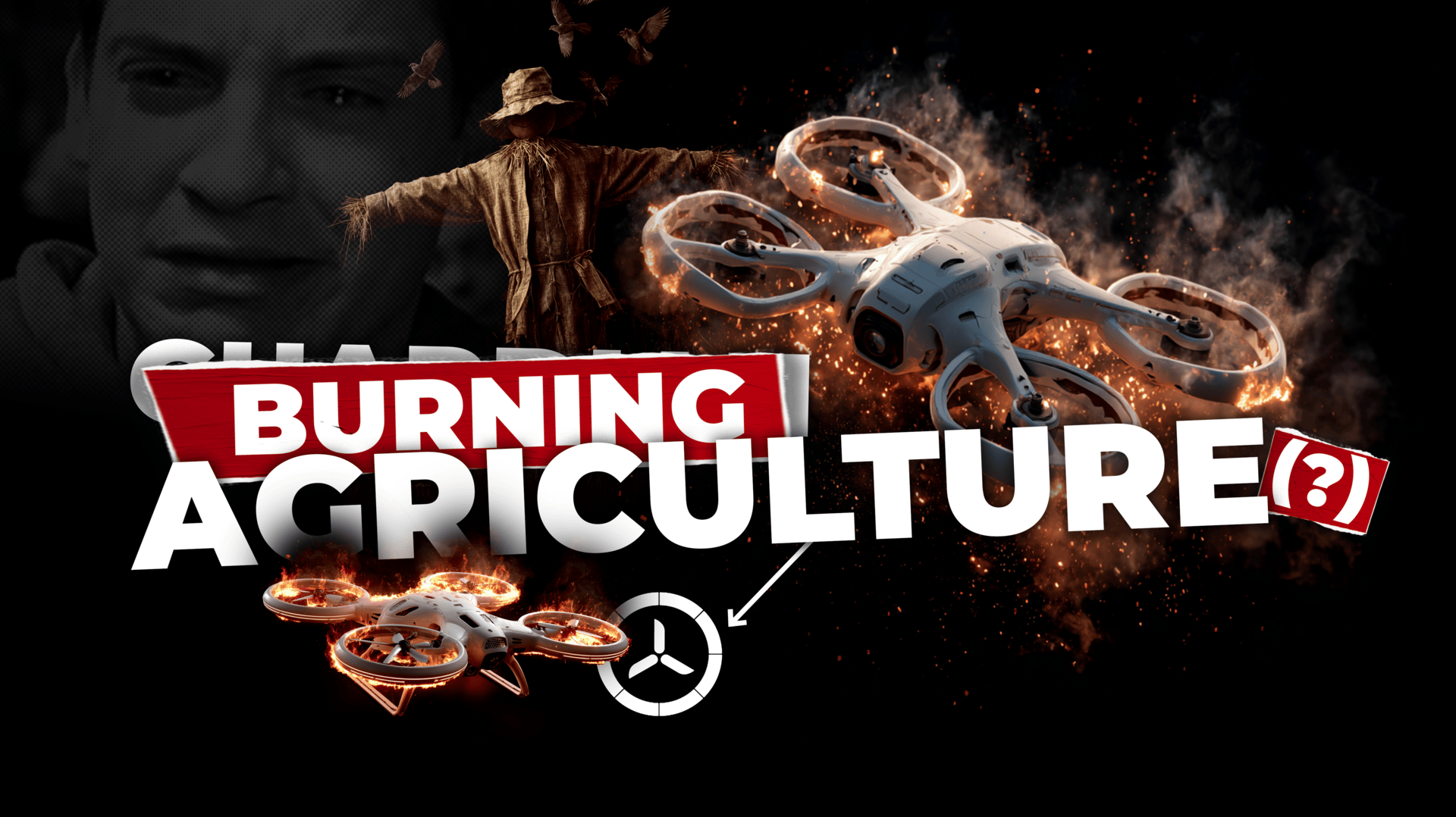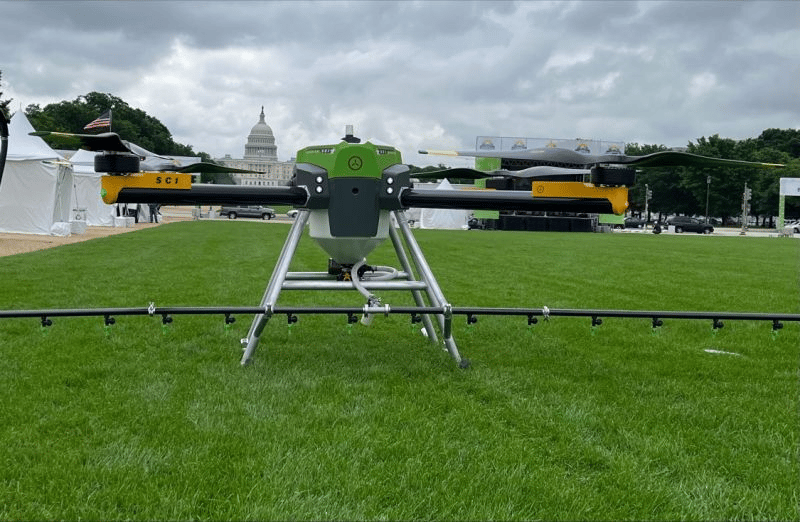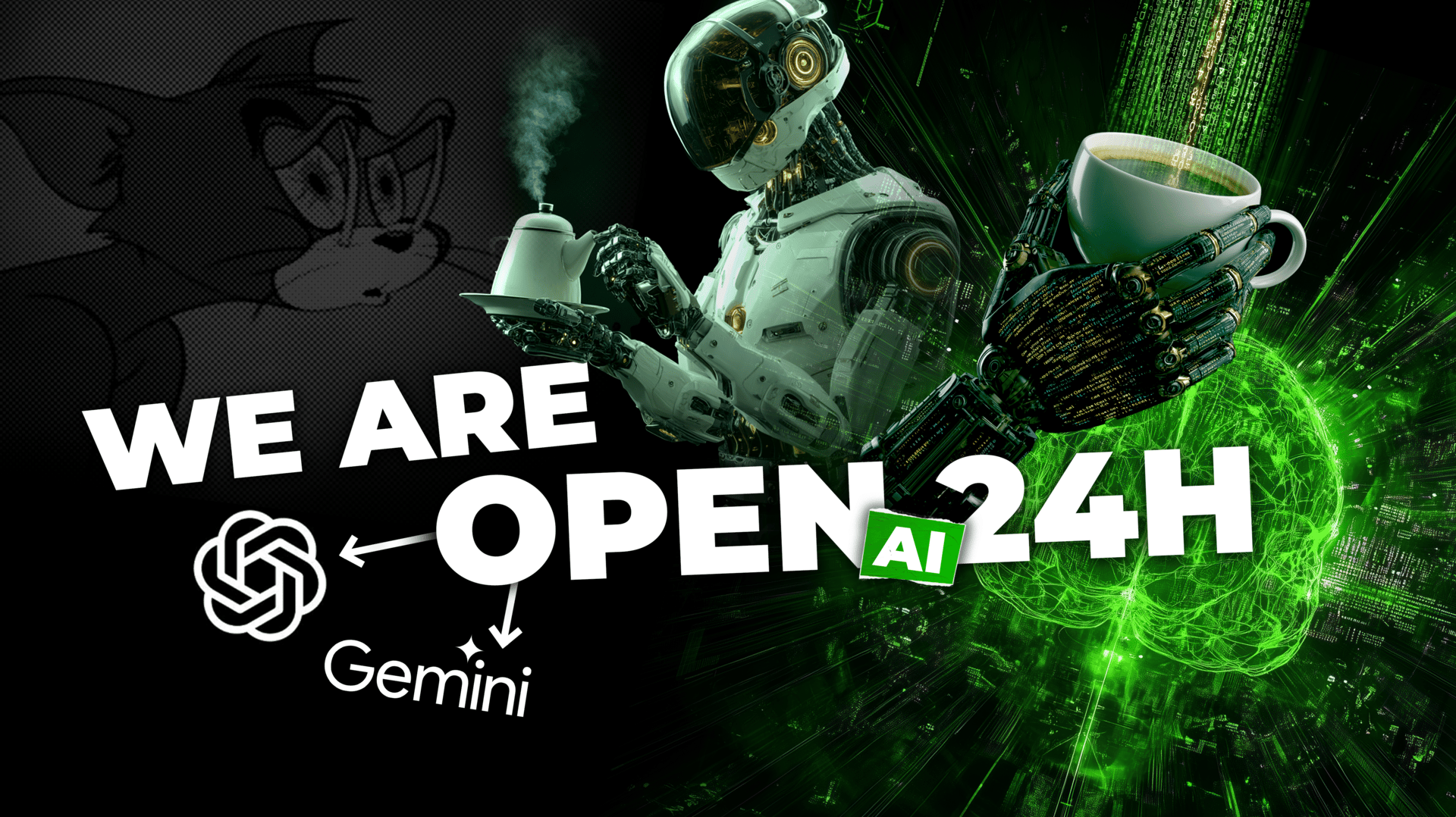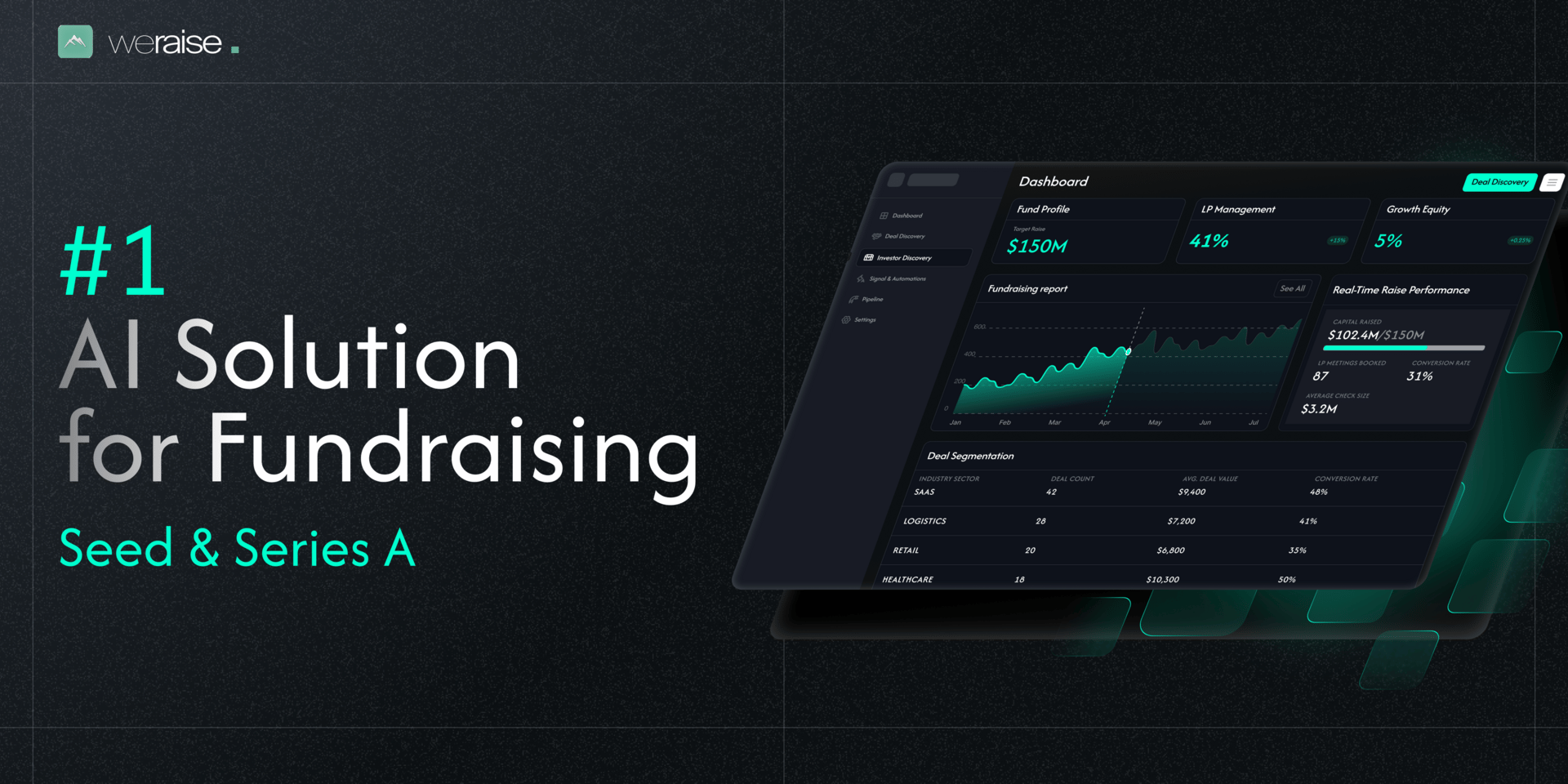- Failory
- Posts
- Drones vs. Farmers
Drones vs. Farmers
Why AgTech hardware adoption moves slower than VC money
Hey - It’s Nico.
Welcome to another Failory edition. This issue takes 5 minutes to read.
If you only have one, here are the 5 most important things:
Guardian Agriculture, a startup that built drones for spraying pesticides, has shut down. — learn why below
Avoid these AI coding mistakes.
OpenAI launched Sora 2.
Self-driving trucks startup Einride raises $100M.
OpenAI launched ChatGPT Pulse, a a personalized AI briefing that runs overnight. — learn more below
Raise Faster with AI-Powered Investor Targeting and OutreachAD
Fundraising is usually slow and painful, but it doesn’t have to be. Weraise uses AI to match founders with the right investors and send the right outreach at the right time, so all they do is pitch. Before, fundraising meant having a big network for warm intros—now, it doesn’t. Just the founder, their product, and Weraise.
Their case studies show how founders booked hundreds of investor meetings in just weeks.
Weraise makes fundraising faster, lighter, and far more effective. It takes months off the process and removes the hardest parts from a founder’s plate.
If you’re raising or about to, you can book a free 30-min call with their fundraising experts—just submit a quick form on their site here.
This Week In Startups
🔗 Resources
Anatomy of an enterprise platform company.
Avoid these AI coding mistakes.
The agentic organization: the next paradigm of the AI era.
Run by a twice exited operator, Intros matches founders with proven growth freelancers or agencies fast. 100% for free.
📰 News & Events
October 11 Hackathon, SF. Push the boundaries of what you can build with MongoDB’s Atlas Vector Search and Voyage AI embeddings. *
OpenAI launched Sora 2.
Nothing launches AI tool for building mini apps using prompts.
DeepSeek releases ‘sparse attention’ model that cuts API costs in half.
💸 Fundraising
Self-driving trucks startup Einride raises $100M.
Nscale closes $433M round, days after bagging $1.1BN funding.
AI recruiter Alex raises $17M to automate initial job interviews.
AI coding startup Vercel raises $300 million, valued at $9.3 billion.
* sponsored
Fail(St)ory

Bug-Killing Drones
This week, Guardian Agriculture shut down.
The agtech startup spent eight years and $51.7 million building giant crop-spraying drones. They had FAA approval, solid tech, and a handful of prototypes flying. What they didn’t have was time.
What Was Guardian Agriculture:
Guardian launched in 2017 with a clear pitch: replace one of farming’s deadliest jobs.
Crop-dusting pilots skim fields just six feet above the ground at 140 mph, hauling tanks of pesticides. It’s a high-stakes job with little margin for error. Guardian’s engineers thought a drone could take over the risk.
Their flagship drone, the SC1, was a 600-pound beast. It could carry 200 pounds of fertilizer and spray 60 acres an hour. By 2023, it became the first FAA-approved eVTOL system for agriculture in the U.S.

But approval didn’t equal adoption. By mid-2025, Guardian had built eight units. Only one customer was paying.
The tech worked. The market didn’t. Guardian was selling an industrial product in a sector where margins are thin and buying cycles stretch for seasons. Farmers aren’t early adopters, especially when Chinese competitors like DJI offer cheaper, simpler gear right now.
By September 2025, Guardian had run out of oxygen. They’d raised $51.7 million, including a $20 million Series A in 2023, but executives admitted it was nowhere near the figure they needed to compete.
As the founder told staff in his shutdown email: “We don’t have enough cash on hand to bring folks back to work next week… we have to make the tough decision to wind down.”
The Numbers:
📍 Founded: 2017, Massachusetts
💸 Total raised: $51.7M over 5 rounds
👥 Team: ~40 (before layoffs)
🌾 Customers: 1 paying at shutdown
⚙️ Units built: 8
Reasons for Failure:
VC timelines vs farm timelines: Agtech hardware demands patience, something VC timelines rarely allow. Guardian was building aircraft for an industry where adoption can take a decade. When your investors expect returns in ten years, and your customers take five just to trust a prototype, you’re already behind.
$50 million wasn’t enough for deep tech: Guardian’s VP of Business Development put it plainly: “In retrospect, $50 million was too little capital. If we’d had $200 million, we could have afforded some of the mistakes and learned stuff.” Instead, Guardian had to run lean, plan conservatively, and miss deadlines.
The regulatory window opened too late: Guardian spent two years waiting for FAA approval. When it finally came, they’d already burned through most of their cash. An executive order in mid-2025 made beyond-line-of-sight flight easier, but Guardian didn’t live to benefit.
Competing with subsidized giants: Guardian tried to frame DJI as a national security threat, lobbying for restrictions. But you can’t out-regulate your way into a market. DJI’s scale, cost efficiency, and Chinese subsidies made Guardian’s made-in-America hardware look like a luxury, not a necessity.
Why It Matters:
Hardware startups need decade-long patience — and capital to match. Deep tech isn’t SaaS. If you can’t afford long R&D cycles and slow adoption, you’re betting your company on luck.
Being “first approved” doesn’t mean first successful. Guardian had the FAA’s blessing but no market to meet them. Timing trumps novelty.
Trend

The Week AI Woke Up Early
For years, AI has waited for you to ask. Now it’s setting the alarm first.
ChatGPT Pulse just launched, and it’s doing homework while you sleep: scanning your inbox, calendar, and the web to hand you a morning briefing before coffee. It’s a small feature with a big signal: AI is moving from reactive to proactive.
Why It Matters
The interface is flipping. Until now, you told AI what you wanted. Now it tells you what matters. This completely changes how users engage and what “opening the app” even means.
Morning briefings = new habit loop. Pulse doesn’t chase engagement like social media: it ends with “That’s it for today.” It’s trying to be useful, not addictive. This creates a new UX playbook for AI assistants.
A new layer of context. Once AI starts pulling from your Gmail, Calendar, or CRM, it stops being a chatbot and starts being a chief of staff. Whoever owns that layer owns the user’s day.
What Pulse Is
OpenAI’s ChatGPT Pulse is a new feature inside ChatGPT that quietly works overnight. It creates 5–10 short “cards” (think personalized briefings or news summaries) and delivers them every morning.
These cards can include news roundups, updates on specific interests, or context from your connected apps. If you’ve linked Gmail or Google Calendar, Pulse combs through them while you sleep to surface key messages or upcoming events.
Now in preview: ChatGPT Pulse
This is a new experience where ChatGPT can proactively deliver personalized daily updates from your chats, feedback, and connected apps like your calendar.
Rolling out to Pro users on mobile today.
— OpenAI (@OpenAI)
5:05 PM • Sep 25, 2025
It also uses ChatGPT’s memory, so if you’ve been working on something in prior chats, your morning brief reflects that. You can click any card to dig deeper, or ask follow-up questions right from ChatGPT.
One subtle detail stands out: after a few reports, Pulse says “Great, that’s it for today.” No infinite scroll. It’s designed to feel complete. This marks a deliberate contrast to feed-based apps that never end.
The Bigger Trend
Pulse isn’t alone. Google’s Gemini now supports scheduled actions, letting users queue up tasks for later. When set up right, it can function much like GPT Pulsem, automating updates and reminders without waiting for a prompt.
This marks a broader evolution from reactive Q&A bots toward autonomous helpers that act unprompted. You no longer need to ask, “What’s new?” The assistant tells you.
What’s emerging here is the possibility of a new daily ritual. If this format works, people might start their mornings expecting an AI brief the way they once expected news headlines or email.
The assistant becomes the first stop of the day: not something you open after you’re curious, but something that tells you what’s worth caring about before you are.
The Startup Idea
If Pulse is the generalist, there’s room for niche AI briefings that go deep where Pulse can’t.
Imagine a “Startup Pulse”: a tailored AI that compiles your industry news, investor moves, product reminders, and competitor updates overnight. Every morning, it hands you a digest contextualized by your calendar, emails, and CRM.
It’s not a content app, it’s an execution layer. You wake up and see exactly what’s relevant to act on.
“Investor X just tweeted about your category.”
“Your competitor pushed a new release.”
“You have a call with Y today, here’s what they’ve been posting.”
That’s the future Pulse hints at: AI that curates your workday before it starts. And whoever builds the version that truly understands the user context (and not just the headlines) could own the next great daily habit.
Help Me Improve Failory
How useful did you find today’s newsletter?Your feedback helps me make future issues more relevant and valuable. |
That's all of this edition.
Cheers,
Nico
